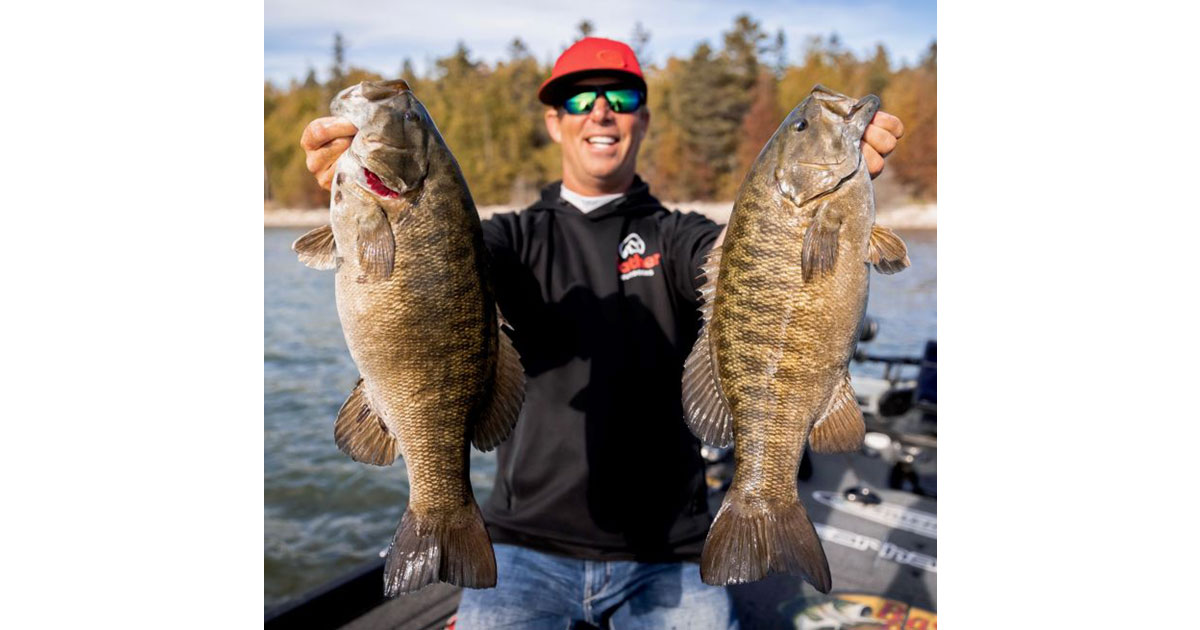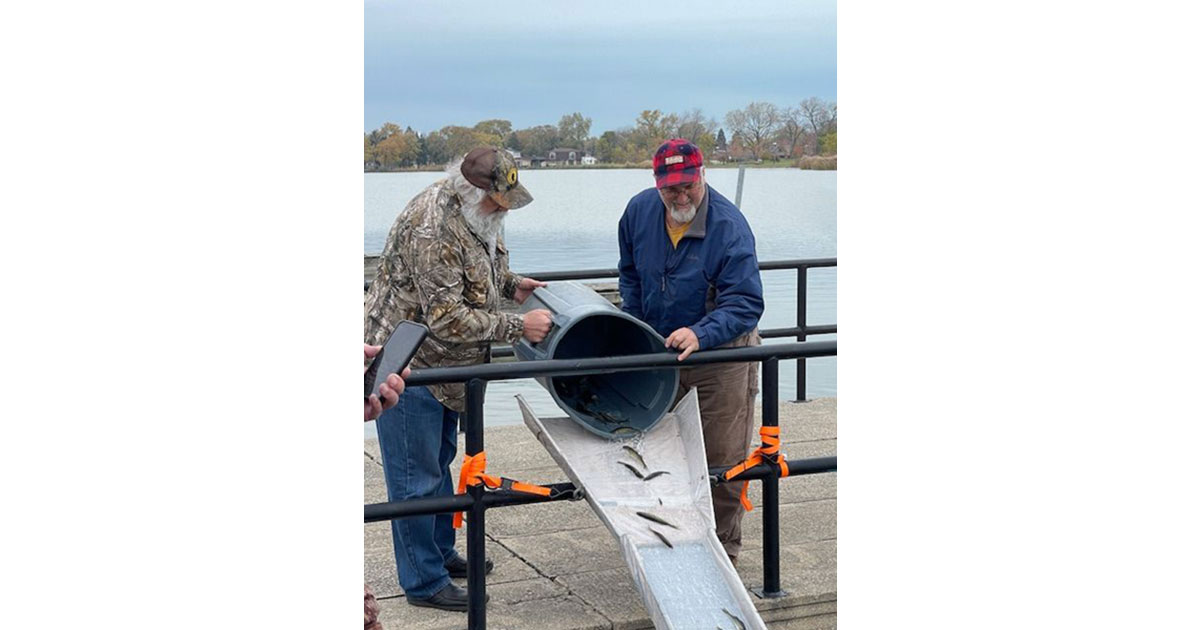- Details
By Louie Stout
 These big smallmouth that Neil Vande Biezen caught were likely 10 years or older. It takes Michiana fish longer to reach quality length than most people realize.
These big smallmouth that Neil Vande Biezen caught were likely 10 years or older. It takes Michiana fish longer to reach quality length than most people realize.
Regardless of the kind of fish you pursue, it takes years to produce keeper sizes in Michiana waters.
Indiana and Michigan fish researchers maintain charts listing average fish lengths at various ages based upon historical records. Charts are used to compare growth rates of fish in a given lake with state averages. In Indiana, those comparisons are based on northern Indiana glacial waters and not the impoundments found in the southern half of the states. Although not an exact science, it gives researchers a means to determine the health of fish in a given lake. Faster growth indicates a balanced fishery with a good forage base. Slower growth could indicate overpopulation or inadequate forage base.
Fish are aged by collecting scale samples and examining them under a microscope. Rings seen on the scale are much like rings on a tree. Each ring represents a year of growth.
- Details
By Louie Stout
A Michigan DNR survey of Diamond Lake revealed a low number of walleyes but several were of nice quality.
DNR Biologist Matt Diana said his crew set nets for a couple of weeks and then did electro-fishing in the early spring of 2020. They captured 217 walleyes at the Cass County lake.
Michigan stocks there every other spring with small fingerlings. The 2020 survey was to check walleye survival, and Diana said it was below state average.
Local groups stocked Diamond with larger fall fingerlings a few years prior and those appear to be doing better. He saw fish measuring in the upper 20s.
Larger fall fingerlings survive better but they are more difficult and costly to raise.
“The walleyes that have survived are growing great,” he said. “Some fish are reaching 18 inches by age 4.”
His crew also took a look at northern pike and caught a lot in the 20- to 24-inch size, mostly males, which coincide with local complaints that the lake lacks bigger pike. He said there are discussions of possibly putting a slot limit on pike to protect bigger females.
- Details
By Louie Stout
 Wolf Lake Walleyes
Wolf Lake Walleyes
If you’ve driven to Chicago on I-90, you’ve crossed over Wolf Lake in Northwest Indiana near the state line.
If your windows were down, you may recall the sulfuric smell of the Gary mills and decided the lake didn’t look too appealing.
Well, don’t sell it too short. Northern Indiana biologist Tom Bacula was there last year to sample the fishery and came away with some surprising results.
Wolf is a 385-acre, shallow, sandy lake in Lake County with maximum depth of about 16 feet. It does have some weedy drop-off edges.
- Details
By Louie Stout
Ice anglers finally got their wish this winter and several seem to be taking advantage of the frozen water throughout much of Michiana.
Those who are getting out are catching a lot of bluegill, crappie and an occasional northern pike.
However, not all bodies of water are equal and most of the heavy fishing is being done in channels or on the smaller, shallower and wind-protected lakes.
Ice thicknesses varied as of Thursday morning. For example, Gary Bussen at Clear H2o Tackle near Edwardsburg, Mich. said thicknesses range from 2 to 8 inches, depending upon the lake.
“The channels are full of fish,” said Bussen. “As the cold weather extends, the main lakes will get more ice but guys should still be careful.”


